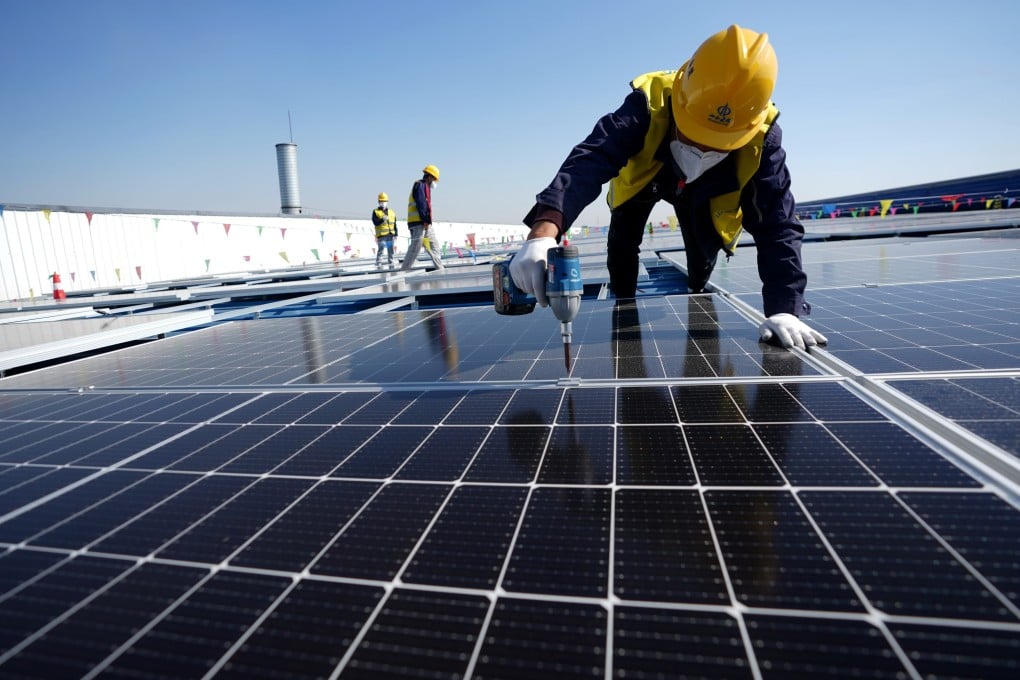Climate change: Tencent aims to spur China’s low-carbon technology development, commercialisation with online platform
- The platform aims to connect entrepreneurs, investors and researchers to each other and to resources, tools and data
- The company hopes the TanLIVE platform will be China’s version of Climate-KIC – the European Union’s largest climate-focused innovation community

Shenzhen-headquartered Tencent Holdings on Wednesday launched an online platform that aims to fire up innovation in low-carbon technology in China by connecting entrepreneurs, investors and researchers to each other and to resources, tools and data.
The company hopes the platform – called TanLIVE because “tan” means carbon in Chinese – will function as China’s version of Climate-KIC, the European Union’s largest climate-focused innovation community.
“Transformation of traditional industries to a low-carbon model engages a long value chain,” said Xu Hao, vice-president of Tencent’s sustainable social value department and head of Tencent’s carbon-neutral lab. “Digitalisation can help connect the dots across the value chain and significantly improve efficiency in catalysing and scaling innovations.”
The commercialisation of low-carbon technologies is the biggest challenge in the next two to three decades for China and the world to reduce emissions of greenhouse gasses (GHGs) and stop the climate crisis, Xu said.

The transition to a low-carbon economy could disrupt traditional industries and current business ecosystems, yet resources for the development of climate technology are currently fragmented and non-searchable, he said.
TanLIVE aims to help users to tap resources such as funds, pilot programmes, and competitions to spur innovation. The major functions include a resource pool for enterprises, investors, and incubators to publish information on their resources; a toolkit that gathers policy insights, data and analysis tools required for low-carbon innovation; and a “TanLIVE passport” – a unified account with access to all climate-focused sites in partnership with TanLIVE.